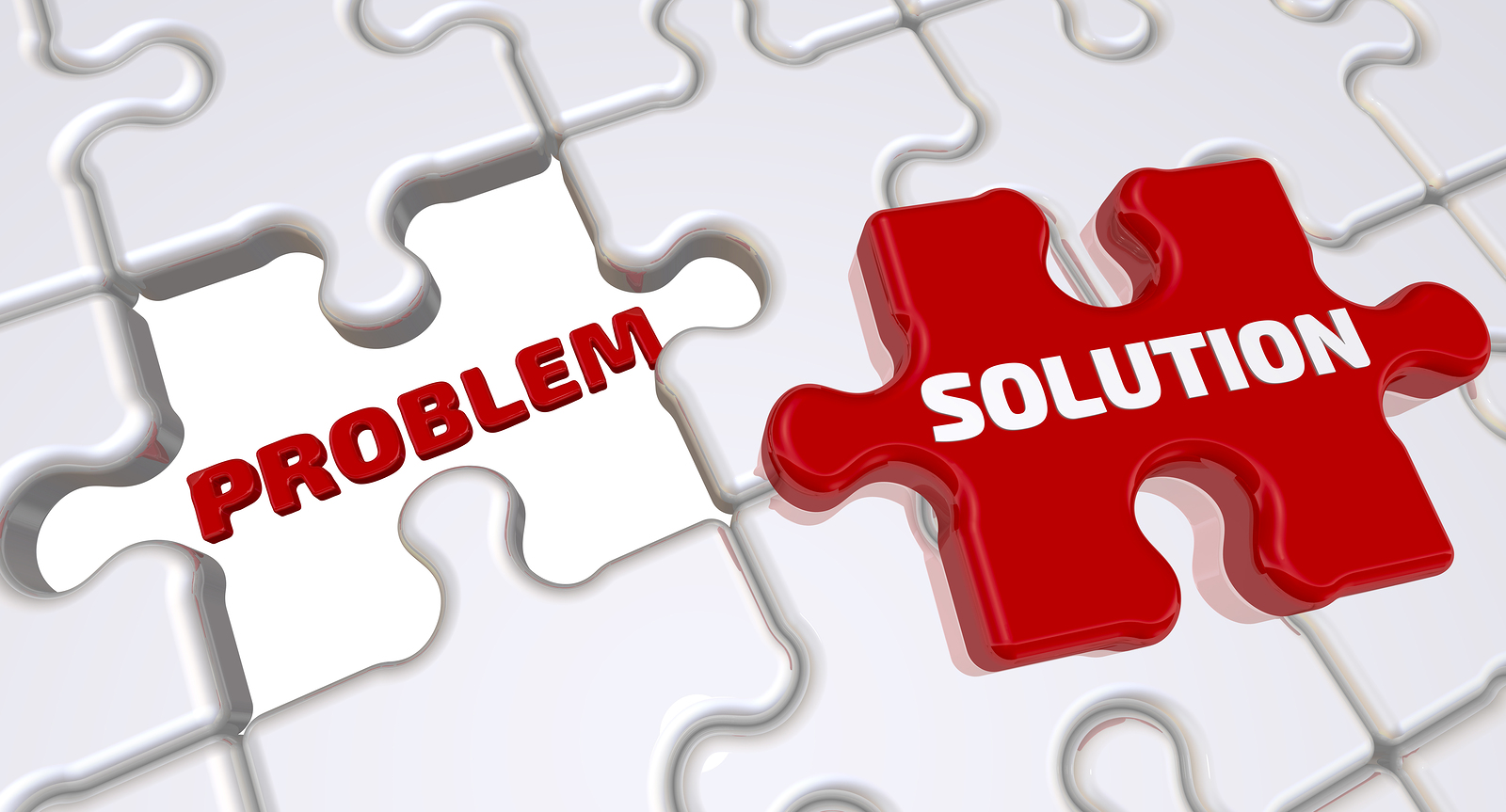How can I solve 10 problems that are crucial?
The problems we consider crucial can depend on our perspective, but there are some major challenges facing the world today.
Here's a framework that can be applied to a wide range of issues, though it may need adaptation depending on the specific problem you're tackling:
Define the problem clearly: What exactly are you trying to solve? Break it down into smaller, more manageable subproblems. This will make it seem less daunting and help you identify the root causes.
Gather information and resources: Research the issue. What information do you need to solve the subproblems? Are there existing resources or organizations dedicated to this problem?
Develop potential solutions: Brainstorm a variety of ways to address the subproblems. There isn't always a single perfect solution, so consider multiple approaches.
Implement and test the solution: Choose the most promising solution and put it into action. If it's a complex problem, you might pilot it on a small scale first. Then assess how well it's working.
Refine and iterate: Based on your findings, refine your solution or explore alternative approaches. Be prepared to adapt as you go.
Here are 10 crucial problems facing the world today, to give you a starting point:
- Climate Change: This is a major threat to the planet, with far-reaching consequences. Solutions involve reducing greenhouse gas emissions and adapting to the changes we're already seeing.
- Poverty: Hundreds of millions of people live in poverty, lacking access to basic necessities. Solutions involve economic development, education, and social safety nets.
- Inequality: The gap between rich and poor is widening in many countries. This can lead to social unrest and instability. Solutions involve progressive taxation, policies to promote equal opportunity, and investment in disadvantaged communities.
- Hunger: Millions of people around the world go hungry every day. Solutions involve increasing food production, reducing food waste, and improving distribution systems.
- Water Scarcity: Clean water is becoming an increasingly scarce resource. Solutions involve water conservation, improved sanitation, and developing new water sources.
- Disease: Infectious diseases continue to be a major threat to human health. Solutions involve improving healthcare access, sanitation, and developing new vaccines and treatments.
- Education: A lack of education limits people's opportunities and perpetuates poverty. Solutions involve improving access to quality education for all.
- Conflict: Wars and other forms of violence displace millions of people and destroy infrastructure. Solutions involve diplomacy, conflict resolution, and addressing the root causes of conflict.
- Mental Health: Mental health problems are becoming more common. Solutions involve increasing access to mental health care and reducing stigma.
- Technological Disruption: Rapid technological change can lead to job displacement and inequality. Solutions involve retraining programs, social safety nets, and policies to ensure that everyone benefits from technological progress.
These are just a few examples, and the best course of action will vary depending on the specific problem. But by following this framework and focusing on issues you're passionate about, you can make a real difference in the world.

Comments
Post a Comment
Thanks